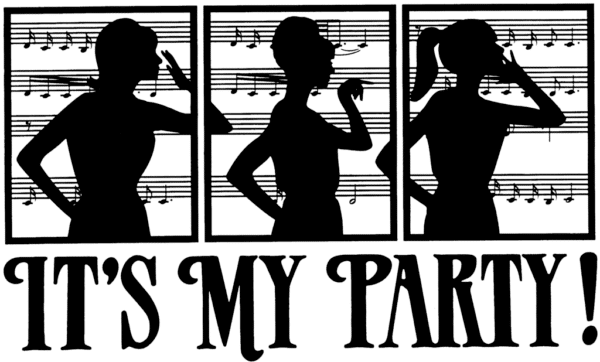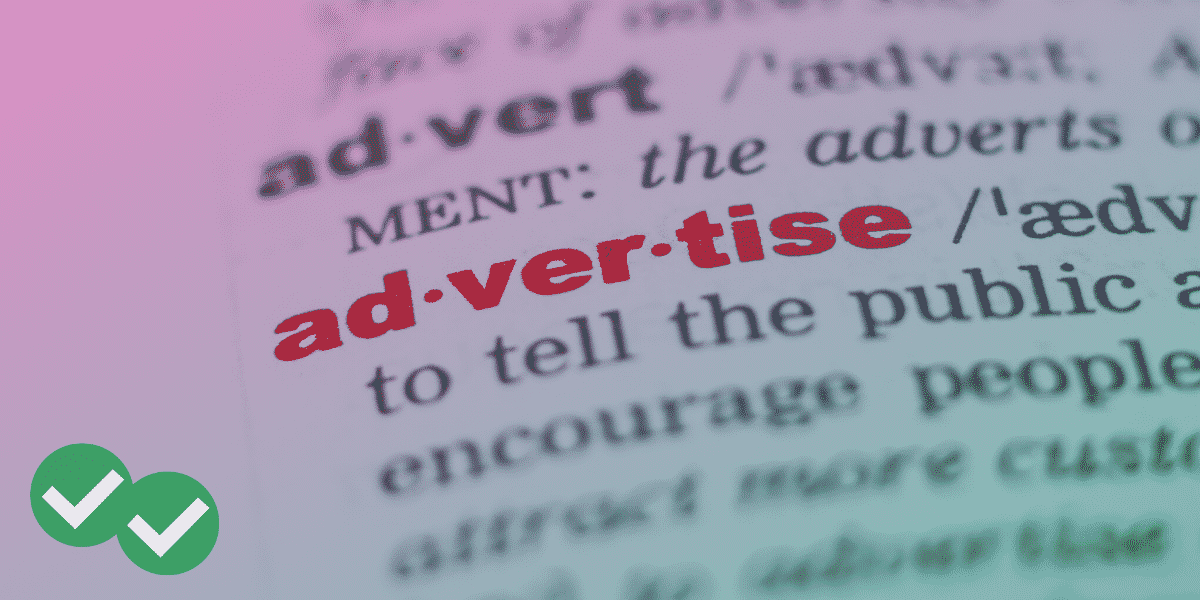
The apostrophe (this little punctuation mark: ‘) has a certain air of mystery in English. What letter hides behind the apostrophe?
For English learners, figuring out which letter an apostrophe stands for can be a real head-scratcher. Take the word “it’s.” This contracted English form can mean “it is” or “it has.” But how can you know which form you’re looking at? How can you know if the apostrophe in “it’s” is hiding the letter “i” or the letters “ha?”
Fear not, for there is a method to the madness of this English contraction. Allow me to walk you through the rules for knowing the true meaning of “it’s” in any given sentence.
RULE 1: If the English contraction “it’s” is followed by a past tense verb, then “it’s” means “it has.”
When you see a phrase like “it’s done,” “it’s eaten,” or “it’s removed,” you can be pretty sure that “it’s” means “it has.”
Why? Well, let’s think about this. In English, “has” is followed by “been” in the present perfect continuous tense. “Has” is also followed by “been” in the present perfect tense. (For examples of this, see my earlier blog post, The Four Present Tenses and Their Ten Uses.) Additionally, in the present perfect tense, “has” is always followed by some kind of past participle verb, either “been” or something else. Any form of “to be” becomes “has been.” “Think” becomes “has thought,” “jump” becomes “has jumped,” and so on.
Not only that, but in English, past tense verbs never appear after “is.” This is because “is” functions as a simple present tense verb, a verb that only deals with things that happen in this very moment. So you can’t really say “the grasshopper is jumped” or “he is heard the music” without introducing an ungrammatical statement that sounds contradictory.
Thus, it’s + [past tense verb] indicates that “it’s” must mean “it has.”
RULE 2: If the English contraction “it’s” is followed by a gerund, then “it’s” means “it is.”
In English, the phrase “it is” usually indicates the present progressive tense (again, see my blog post about the present tense in English). In the present progressive tense, “it is” will always be followed by a gerund verb, a verb ending in –ing. Examples of this present progressive use of “it is” include statements such as “It’s looking good” and “It’s snowing right now.”
Now, “it has” can also be followed by a gerund, but with “it has,” the gerund won’t be a verb; it will be an adjective. Examples include “It has sparkling surfaces” and “It has blowing, cold winds.” Still, at a glance, this can be confusing, especially for an English language learner. Do you really have to check carefully to see if the gerund after “it’s” is a verb or an adjective? The good news is that you don’t have to worry about this, actually.
You see, when “it has” is followed by a gerund, this phrase will never be contracted as “it’s.” There is a rule against shortening “it has” to “it’s” when a gerund is involved. This additional English grammar rule makes it impossible to confuse it has + [verb-ing] with it is + [verb-ing]. If you see “it’s” followed by a gerund, you can be sure that “it’s” means “it is.”
RULE 3: If “it’s” is followed by an adjective or noun, “it’s” means “it is.”
If you see the structure it’s + [adjective] or the structure it’s +[noun], you can know that “it’s” must mean “it is.” How can you be sure? To understand this rule for “it is,” you first need to understand a few other rules related to “it has.”
Remember when I told you that “it has,” when followed by a gerund adjective, cannot be shortened to “it’s?” Well, actually, the rule that “it has” can never be turned into “it’s” when followed by a gerund is part of a more general rule.
The most general rule for contracting “it has” is this: “It has” can’t be turned into “it’s” if “it has” is followed by any sort of adjective… or any noun. You can say “It has sharp teeth,” but you can’t shorten that to “it’s sharp teeth.” If you do try to shorten it in that way, people will assume you mean “it is sharp teeth.” And you can say “it has a sophisticated electrical system,” but you can’t change that to “it’s a sophisticated electrical system.” “It’s a sophisticated electrical system” will again cause “it’s” to be read as “it is,” as in “it is a sophisticated electrical system.”
Since “it has” can never turn into “it’s” before an adjective or noun, you can know that any use of “it’s” before an adjective or noun means “it is.” “It’s an apple” means “it is an apple,” not “it has an apple.” Similarly, “it’s snowy weather” means “it is snowy weather” and not “it has snowy weather.” You get the idea.
A Special Note on “It’s” with Past Tense Verb Forms
So we’ve established that “it’s” as “it is” can be followed by an adjective. We’ve also found that “it’s” as “it has” can be followed by any verb other than an -ing verb.
This creates one additional possible source of confusion between “it has” and “it is” in the contracted form “it’s.” A problem arises because past tense verb forms can be used as actual verbs (“I painted my house”) or as adjectives (“my painted house”).
To see how this affects “it’s”, take the past tense verb in the statement “it has cooked.” “Cooked” can also be used be used as an adjective as in “it is cooked.” So how can you tell if “it’s cooked” means “it has cooked” or “it is cooked?” In this case, you have to look at context to be sure.
Thankfully, usually the structure it’s + [past tense verb] will be part of a longer sentence. And if a sentence is even slightly longer than just it’s + [past tense verb], the sentence should provide enough context to point to the true meaning of “it’s.”
“It’s cooked meat” likely means “It is cooked meat.” “It’s cooked the meat” would have to mean “it has cooked the meat,” because “the” clearly puts “meat” in a separate phrase from “cooked.” This construction marks “cooked” as a verb and marks “the meat” as a separate noun phrase. Still, you really do have to think carefully about context whenever “it’s” is followed by an -ed verb. This context ultimately comes down to the difference between a past participle verb and a past tense verb. See my post on the difference between verb tense and verb participle for more information.






Leave a Reply